Simple question.
As with anyone at this time (in 2020-2021) is concerned, online conference meetings are the norm. I did some research on the Zoom API, and was wondering if anyone has a solution on obfuscating the zoom meeting URL so that the meeting will still launch but the url is hidden or scrambled? For the audience, consider the lowest common denominators (adapt
Physical features such as:
- elongating the URL with some useful (and not so useful) URL params to make it physically difficult to know what is important or not
- chromeless window (is that even supported in web browsers anymore?) using native JS
- hiding the URL via setting up the app as a PWA (however, we cannot think of a solution that overcomes the "user has to install the PWA" first)
- hiding the address bar onload of a new window
- taking advantage of a feature (if available) in the Zoom API SDK.
We simply want to launch zoom, in a browser, without the url being seen.
Appreciate any thoughts, approaches, and comments. thanks!
